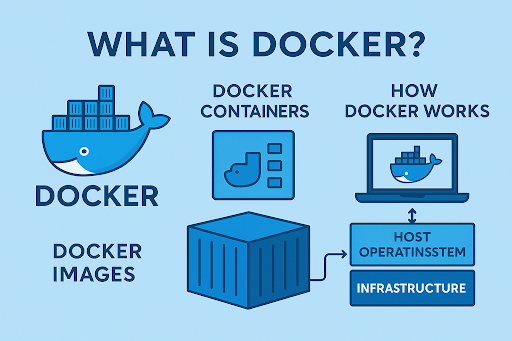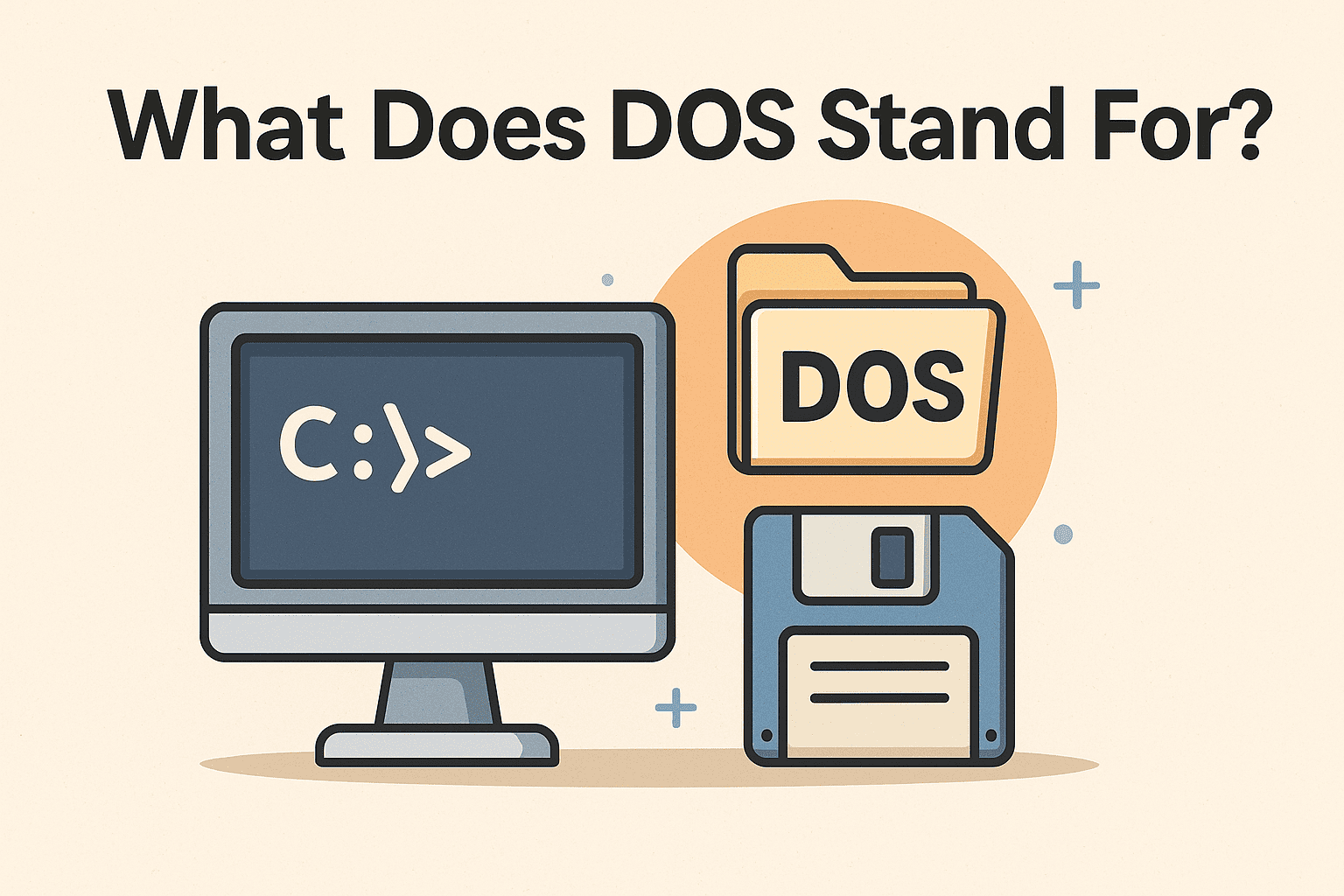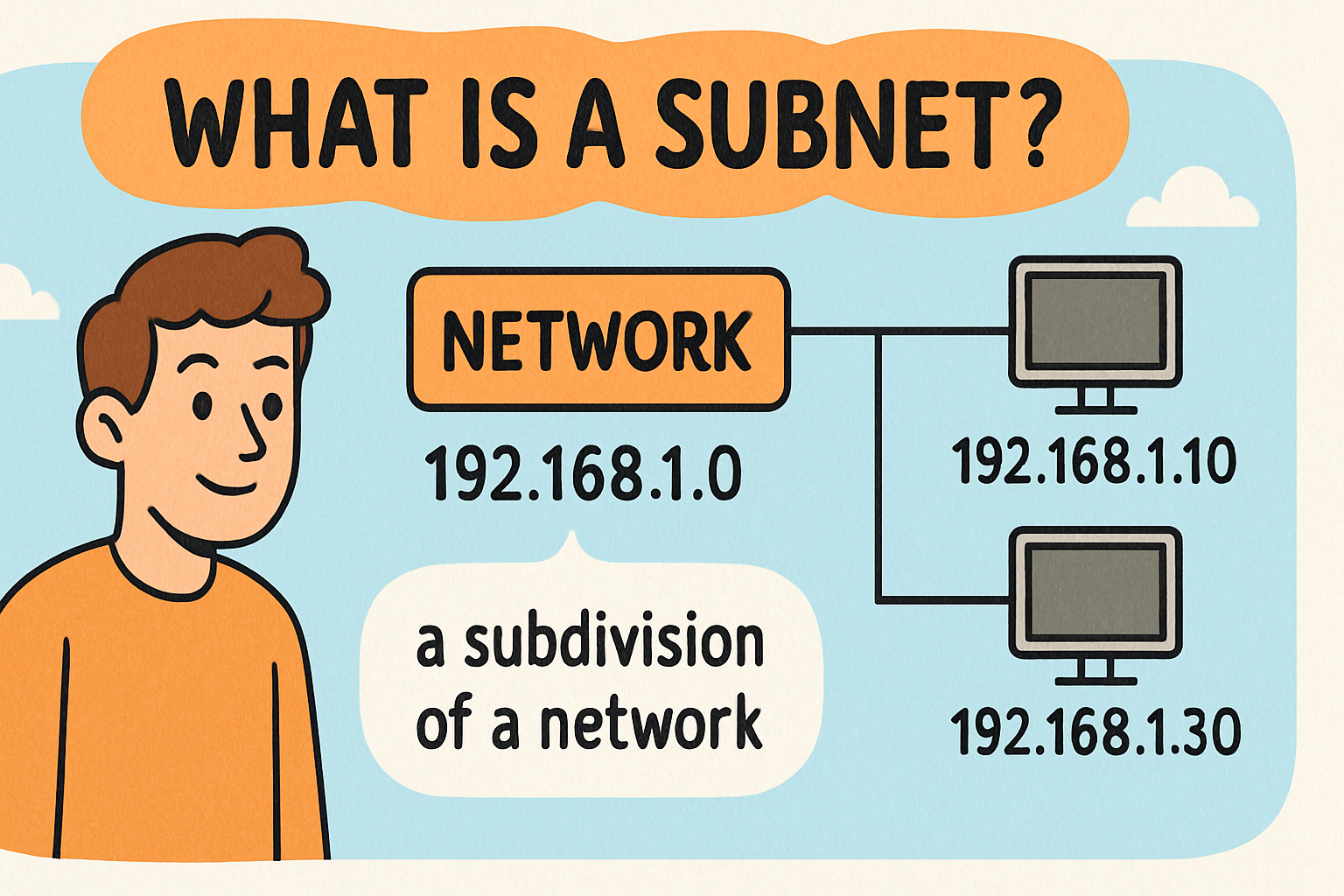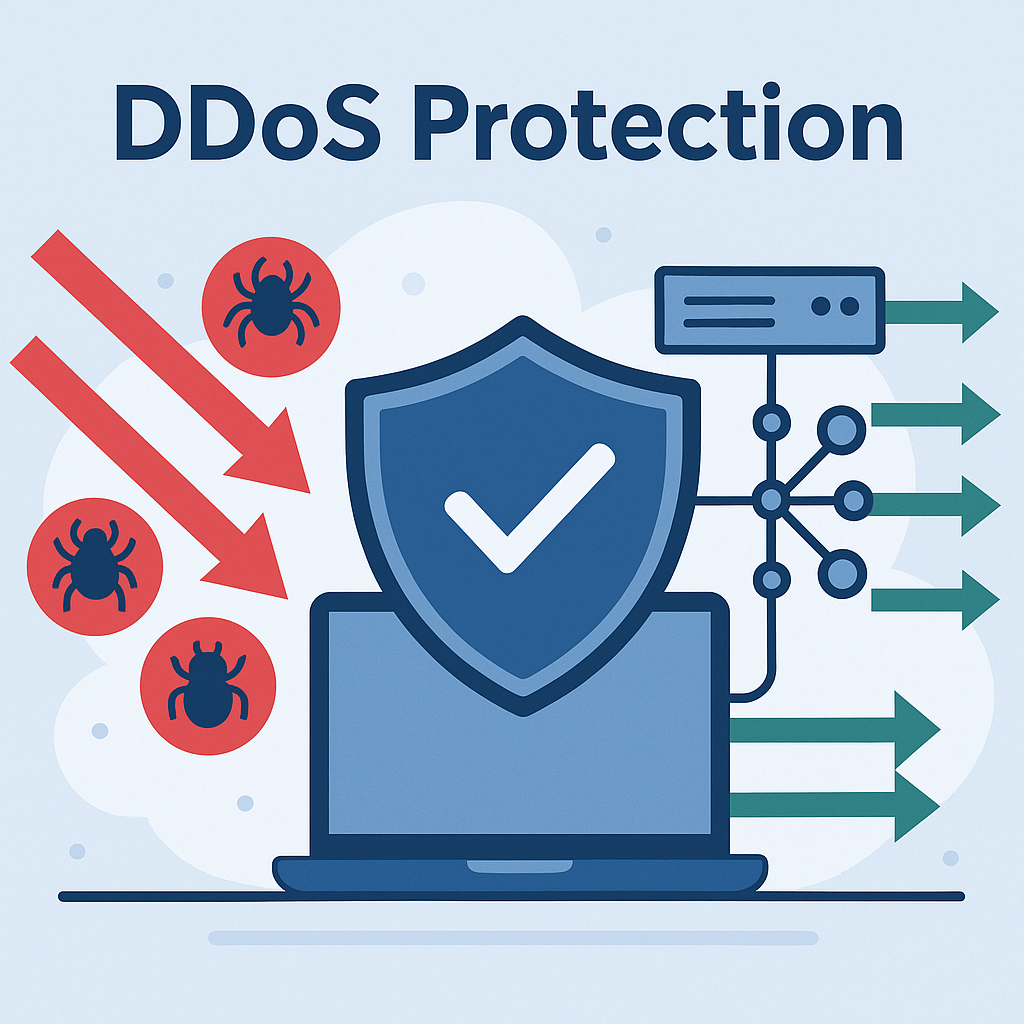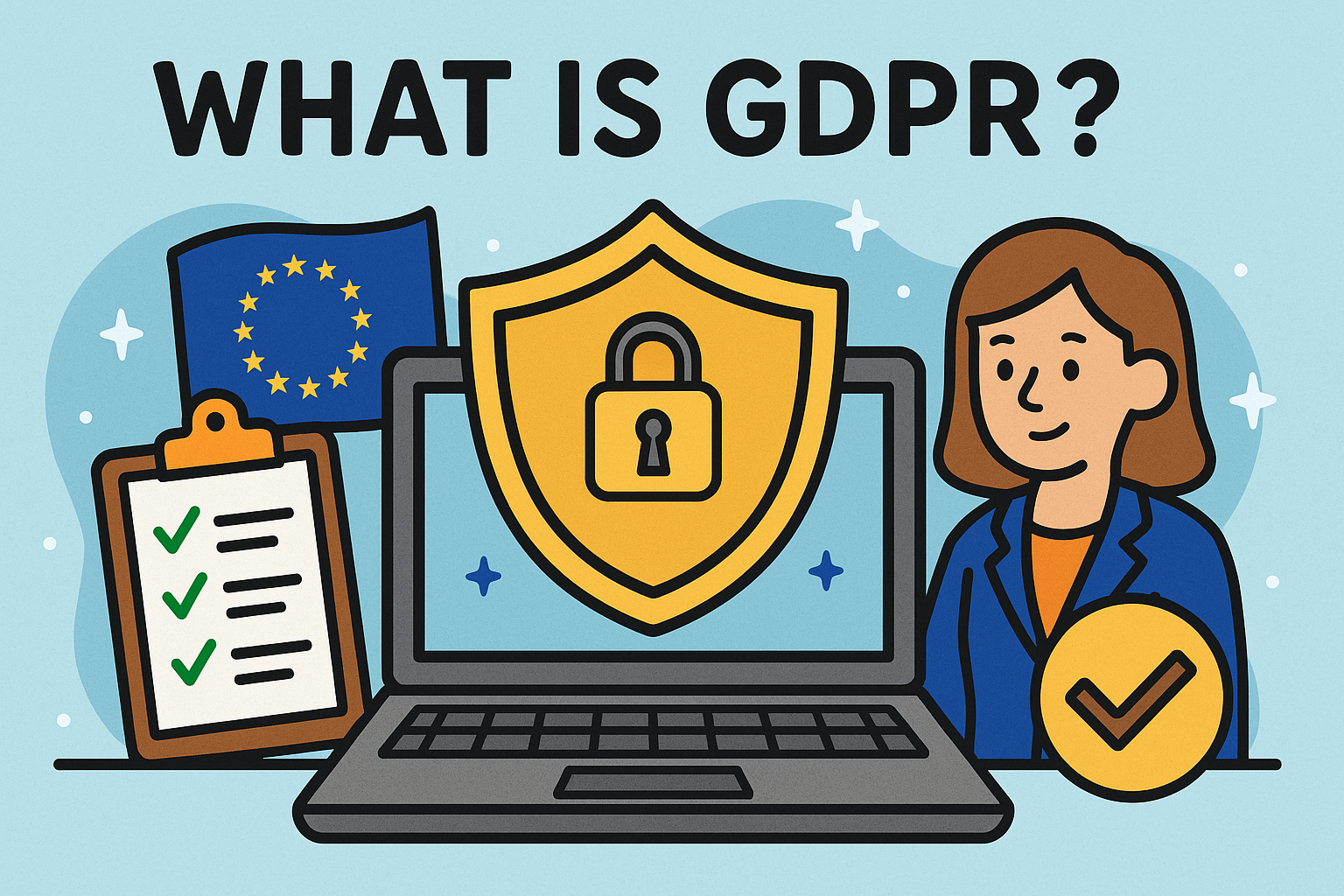How to Open a CSV File: Step-by-Step Guide for 2025
Updated on October 6, 2025, by Xcitium
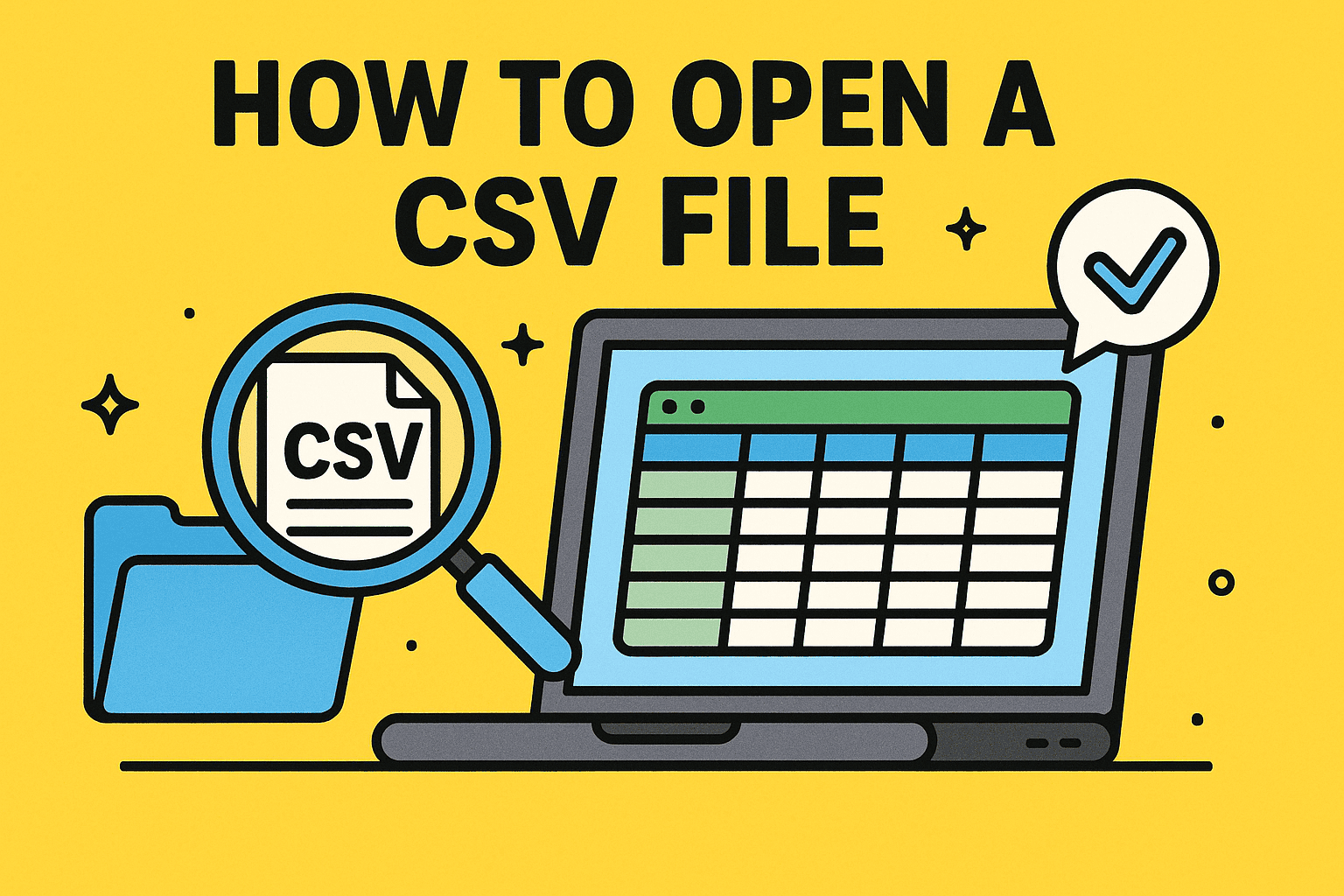
Have you ever received a file with the .csv extension and wondered what to do with it? CSV files—short for Comma-Separated Values—are one of the most common formats for storing and sharing data. If you work in IT, cybersecurity, or business management, you’ll encounter CSV files regularly, whether for log analysis, financial reporting, or database exports.
Introduction: Why Learn How to Open a CSV File?
Knowing how to open a CSV file is essential for productivity and accuracy. These files can be opened in simple text editors, spreadsheets like Excel, or advanced database tools. In this guide, we’ll break down the different methods, tools, and best practices for handling CSV files securely.
What Is a CSV File?
A CSV file is a plain-text file that organizes data in a table-like structure. Each line represents a row, and values are separated by commas (or sometimes semicolons, tabs, or other delimiters).
For example:
👉 In short: A CSV file is a lightweight way to store and share structured data.
Why Businesses Use CSV Files
CSV files are widely adopted because they are:
-
Lightweight – Small file sizes make them easy to transfer.
-
Universal – Supported by almost every software tool.
-
Human-Readable – Can be opened in any text editor.
-
Flexible – Used for logs, exports, and imports across systems.
Business use cases include:
-
Exporting financial reports from accounting software.
-
Importing employee data into HR systems.
-
Analyzing server logs in cybersecurity monitoring.
-
Migrating customer databases into CRMs.
How to Open a CSV File (Step-by-Step)
Let’s explore the most common ways to open and work with CSV files.
1. Open a CSV File in Excel
Microsoft Excel is one of the most popular tools for handling CSVs.
Steps:
-
Open Excel.
-
Go to File > Open > Browse.
-
Select your CSV file.
-
Choose the delimiter (comma, semicolon, etc.) if prompted.
-
Your CSV will appear in a spreadsheet format.
👉 Tip: Use Data > From Text/CSV to control how columns are formatted.
2. Open a CSV File in Google Sheets
Google Sheets is ideal for collaboration and cloud access.
Steps:
-
Go to Google Sheets.
-
Click File > Import > Upload.
-
Select the CSV file from your device.
-
Choose to create a new sheet or insert into an existing one.
👉 Benefit: Google Sheets allows real-time collaboration on CSV data.
3. Open a CSV File in Text Editors
For quick checks, a text editor works perfectly.
-
Windows: Notepad or Notepad++
-
Mac: TextEdit
-
Linux: Nano or Vim
👉 Best for raw viewing, but not suitable for large datasets.
4. Open a CSV File in Database Tools
IT managers and cybersecurity professionals often import CSVs into databases for deeper analysis.
-
MySQL / PostgreSQL: Use
LOAD DATA INFILEcommands. -
SQL Server: Import Wizard supports CSV uploads.
-
Python Pandas:
👉 Best for analyzing big data or integrating into workflows.
Common Problems When Opening CSV Files
Sometimes CSVs don’t load properly. Common issues include:
-
Incorrect Delimiter: File may use semicolons instead of commas.
-
Encoding Errors: Characters not displaying correctly (e.g., UTF-8 vs ANSI).
-
Leading Zeros Missing: Numbers like ZIP codes may appear shortened.
-
Column Misalignment: Fields spill into multiple columns due to formatting errors.
👉 Solution: Use advanced import settings in Excel or Google Sheets to fix formatting.
Best Practices for Managing CSV Files
For IT managers and cybersecurity professionals, handling CSVs isn’t just about access—it’s about security and efficiency.
✅ Security Best Practices:
-
Encrypt CSV files before sharing sensitive data.
-
Avoid storing passwords or confidential information in CSV format.
-
Use access control to restrict who can open or edit CSVs.
-
Monitor CSV logs with Endpoint Detection & Response (EDR) tools.
✅ Efficiency Tips:
-
Standardize delimiters across teams.
-
Use descriptive file names with timestamps.
-
Archive old CSVs to reduce clutter.
-
Automate CSV imports/exports with scripts.
CSV vs Other Data Formats
| Format | Pros | Cons |
|---|---|---|
| CSV | Lightweight, universal, easy | Limited formatting, no formulas |
| Excel | Supports formulas, charts, pivot tables | Larger file size, proprietary |
| JSON | Hierarchical, supports APIs | Harder to read manually |
| XML | Good for structured data exchange | Verbose, complex to manage |
👉 Verdict: CSV is best for simplicity and portability, but not for complex data structures.
Future of CSV Files in Business and Cybersecurity
While cloud databases and APIs are becoming more popular, CSVs will remain relevant because:
-
They are simple and portable.
-
Many legacy systems still rely on CSV exports.
-
They integrate easily into data pipelines and analytics tools.
-
Cybersecurity teams often use them for log analysis and threat intelligence sharing.
Expect to see automation, encryption, and AI-powered parsing tools making CSV handling even more efficient in the future.
FAQs: How to Open a CSV File
1. What program do I need to open a CSV file?
You can use Excel, Google Sheets, text editors, or database tools.
2. Why does my CSV open in one column?
The delimiter might be different (e.g., semicolon instead of comma). Adjust import settings.
3. Can I open CSV files on mobile?
Yes, apps like Google Sheets, Excel Mobile, or CSV Viewer apps work on smartphones.
4. Are CSV files secure?
Not by default. Always encrypt or protect sensitive CSV data.
5. Can CSV files handle large datasets?
Yes, but for very large data, databases or formats like Parquet are more efficient.
Conclusion: Mastering CSV File Management
So, how to open a CSV file? It depends on your needs. If you just want a quick look, use a text editor. For structured analysis, Excel or Google Sheets is perfect. For IT managers and cybersecurity professionals, importing CSVs into databases or analyzing them with Python offers deeper insights.
The real power of CSV lies in how you manage, secure, and analyze the data inside them. By combining proper handling with strong security practices, businesses can ensure that CSVs remain both useful and safe.
👉 Want enterprise-grade protection for your data workflows? Request a Demo Today




